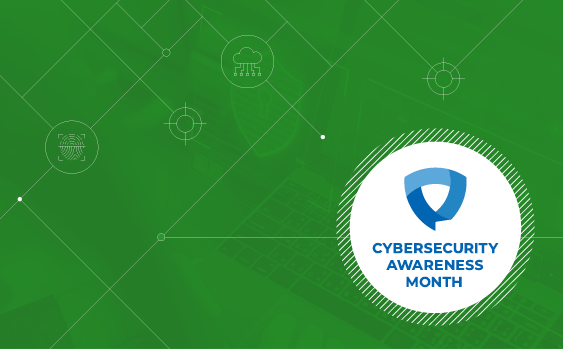
What can fraud strategy experts learn from cybersecurity?
Even as technology advances at a pace unforeseen by many experts, an enduring cybersecurity motto rings true: “It is easier to hack a person than a computer”. AI may be capable of disarming – albeit simulated - emotional intelligence. But the fact remains that technology is not susceptible to the same hard-wired vulnerabilities as humans.
From emotional triggers and underlying psychology to bad habits and even memory, people are worryingly easy to “hack”. Computers, on the other hand, less so.
This is because banking and financial services applications, such as data networks and claims system software, follow instructions.
Cybercrime is the Precursor to Customer Loss
Computers might fail a task, but they cannot be forced to deviate from instructions with emotional manipulation or cunning wordplay in the way that humans – i.e., your customers – can be.
And, of course, when your customers fall foul of scams originating online, the cost is financial and personal. As a service provider, cybercrime consequences are also multifaceted, ranging from reimbursement loss to regulatory fines and reputational damage.
As a result, fraud strategists within finance and insurance organisations must consider bridging the gap between cybercrime and fraud.
Are Online Services the Fraud Pinch Point?
With 95% of cybercrime associated with human error, it makes sense for finance and insurance companies to play a role in customer financial cybersecurity hygiene.
This case for building customer cybercrime education into fraud strategy is only strengthened when analysing fraud loss sources.
- Fraud losses continue to be driven by the abuse of online platforms.
- UK Finance notes that custom-built scam apps and phishing websites are increasing.
- Ofcom attributes 51% of online fraud to impersonation scams.
- The Payment Systems Regulator (PSR) details that APP Fraud (of which 2022 losses amounted to £485.2m) is driven by online scammers.
With October being Cybersecurity Awareness Month, now is an ideal opportunity to spark a financial cyber awareness conversation with customers. Doing so may stop fraud at the source.
Where to Start When Converging Counter Fraud and Cybersecurity
Fraud strategy is meticulously architected, and timelines are carefully planned. If you’d like to place greater emphasis on customer cybercrime education in your anti-fraud approach, we recommend consulting cybersecurity experts with experience delivering on challenges like your own.
The messages you communicate will be bespoke, but given fraud and cybercrime trajectories, you may wish to consider the following:
- Encourage customers to use password managers and MFA to generate and securely store passwords for online accounts. For example, ghost broking is surging, and certain cases can be prevented by keeping online insurance accounts locked down with robust security.
- Emphasise safety over convenience, especially amongst digital native customers. Gen Z reports higher rates of victimisation for phishing, romance scams and identity theft. The theory goes that familiarity with frictionless technology breeds complacency.
- Keep customers up to date with cybercrime linked to financial crime. For example, legislation will force APP fraudsters to become creative. Ask customers to think carefully about engaging with non-standard payment portals, such as those using cryptocurrency.
- Suggest that customers become more conservative with personal information shared online. As digital IDs become more widespread, fraudsters will scour the internet for fake and synthetic ID material.
A prevention ethos will save much time, money and stress – for your organisations and its customers alike.
For more information about reinforcing your fraud strategy against contemporary threats or for fraud management advice, speak to a Synectics Solutions consultant here.
